 Weird Stuff
Weird Stuff  Weird Stuff
Weird Stuff  Our World
Our World 10 Ways Your Christmas Tree Is More Lit Than You Think
 Movies and TV
Movies and TV The 10 Coolest Stars to Set Sail on The Love Boat
 History
History 10 Things You Didn’t Know About the American National Anthem
 Technology
Technology Top 10 Everyday Tech Buzzwords That Hide a Darker Past
 Humans
Humans 10 Everyday Human Behaviors That Are Actually Survival Instincts
 Animals
Animals 10 Animals That Humiliated and Harmed Historical Leaders
 History
History 10 Most Influential Protests in Modern History
 Creepy
Creepy 10 More Representations of Death from Myth, Legend, and Folktale
 Technology
Technology 10 Scientific Breakthroughs of 2025 That’ll Change Everything
 Weird Stuff
Weird Stuff Ten Bizarre Facts About The Doge Meme
 Our World
Our World 10 Ways Your Christmas Tree Is More Lit Than You Think
 Movies and TV
Movies and TV The 10 Coolest Stars to Set Sail on The Love Boat
Who's Behind Listverse?

Jamie Frater
Head Editor
Jamie founded Listverse due to an insatiable desire to share fascinating, obscure, and bizarre facts. He has been a guest speaker on numerous national radio and television stations and is a five time published author.
More About Us History
History 10 Things You Didn’t Know About the American National Anthem
 Technology
Technology Top 10 Everyday Tech Buzzwords That Hide a Darker Past
 Humans
Humans 10 Everyday Human Behaviors That Are Actually Survival Instincts
 Animals
Animals 10 Animals That Humiliated and Harmed Historical Leaders
 History
History 10 Most Influential Protests in Modern History
 Creepy
Creepy 10 More Representations of Death from Myth, Legend, and Folktale
 Technology
Technology 10 Scientific Breakthroughs of 2025 That’ll Change Everything
10 Reasons Aliens Probably Don’t Look Like Us
Considering the size of the universe, the odds of extraterrestrial life existing somewhere are fairly good. Some scientists even believe we’ll find it by 2040. But what would an intelligent alien life-form actually look like? The popular depiction of aliens would have us believe that they’re short, gray humanoids with large heads, overall not very different in appearance from humans. Below, we’ve compiled 10 reasons why intelligent alien species would look nothing like us.
10 Their Planet Has Different Gravity
Gravity is a key factor that influences the development of all organisms. Aside from limiting the size of land animals, gravity also forces a number of very specific adaptations. We can see evidence of this right here on Earth. Organisms that made the transition from water to land had to develop limbs and complex skeletons because they no longer had the buoyancy of water to offset the force of gravity. Although a planet’s gravity does need to fall within a certain range (high enough to maintain an atmosphere but low enough to not absolutely squash everything), this range is still a large spectrum under which life can exist.
Let’s imagine a hypothetical situation where Earth’s gravity is doubled. While this wouldn’t necessarily force all complex life on land to resemble a stocky, turtle-like creature, the likelihood of bipedal humans would go down drastically. Even if we managed to keep our two-legged method of movement, we would certainly be much shorter and have larger bones to accommodate the stronger force of gravity. Meanwhile, an Earth with half the gravity would likely have the opposite effect. Land animals would require less muscle and weaker skeletons to cope with gravity, and life in general would be taller and larger.
While we can theorize about the general characteristics of high- or low-gravity life, there’s no way to predict more subtle adaptations. Such adaptations would alter the appearance of alien life even further.
9 Their Planet Has A Different Atmosphere

Similar to gravity, atmosphere is another key factor for both the emergence of life and its characteristics. For example, arthropods that lived during the Earth’s Carboniferous period some 300 million years ago were significantly larger than their modern counterparts, thanks to the higher atmospheric oxygen content—up to 35 percent versus today’s 21 percent. Specimens from this time period include the giant dragonfly Meganeura with a wingspan of up to 75 centimeters (30 in), the giant scorpion Pulmonoscorpius which was 70 centimeters (28 in) long, and the absolutely terrifying millipede Arthropleura that could grow to a staggering 2.5 meters (8.2 ft). If a 14-percent difference in oxygen content can have such a big impact on arthropod size, we can imagine that an atmosphere where oxygen is extremely high or low could produce some very unique creatures.
And we haven’t even touched on the possibility of life that doesn’t require oxygen at all, which gives us an almost infinite number of atmospheric compositions to work with. It just so happens that scientists have already found a multicellular organism that doesn’t need oxygen right here on Earth, so the chances of life thriving on a planet with a totally different atmosphere aren’t so crazy. Aliens that evolved on such a planet would certainly look very different from us.
8 They’re Based On A Different Element
Virtually all life on Earth has three biochemical requirements: It is carbon-based, it requires water, and it has DNA in order to pass genetic information to its offspring. But it would be very “Earth-centric” of us to assume that life everywhere in the universe follows these same rules, when it could be based on completely different principles. Let’s take a look at the first requirement—carbon.
On Earth, all living things are made up of large amounts of carbon. There are a couple of reasons for this: Carbon is great at bonding with other atoms, is relatively stable, is available in large quantities, and can form complex biological molecules required by organisms.
However, it is entirely possible that other elements can take its place—the most popular alternative being silicon. Scientists including Stephen Hawking and Carl Sagan have discussed this possibility, with Sagan even coining the term “carbon chauvinism” to describe our preconception that carbon must be the basis of life everywhere. If it does exist, silicon-based life would look nothing like what we have on Earth. For one, silicon requires much higher temperatures in order to reach a highly reactive state.
7 They Don’t Need Water
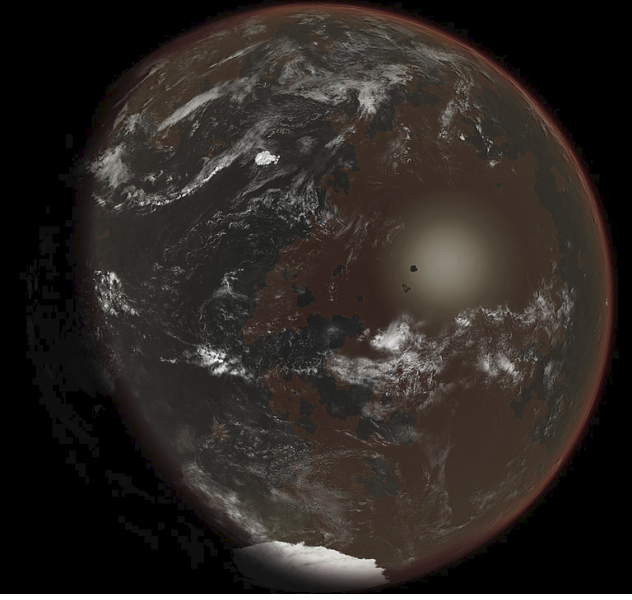
As mentioned above, water is another universal requirement for all life on Earth. Water is necessary because it exists in a liquid form across a large temperature range, is an effective solvent, acts as a transport mechanism, and enables chemical reactions to take place. But that doesn’t mean that other liquids can’t take its place elsewhere in the universe. The most popular substitute for water as the basis of life is liquid ammonia, as it shares many of water’s qualities, such as a high specific heat (the amount of heat required to raise its temperature).
Another popular alternative is liquid methane. A number of scientific papers using data from NASA’s Cassini spacecraft suggest that methane-based life could even exist in our own solar system on Saturn’s moon Titan. Aside from the fact that ammonia and methane are completely different compounds from water, they are also found in liquid form at much colder temperatures. Given this, life based on non-water solvents would look very different.
6 They Have An Alternative Form Of DNA
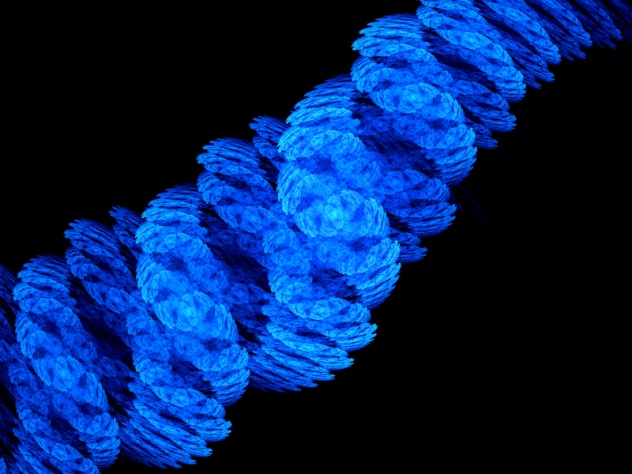
The third key piece in the puzzle of life on Earth is a way to store genetic information. For the longest time, we believed that only DNA was capable of doing this. But it turns out there is an alternative here as well, and we don’t even need to speculate. Scientists recently created a synthetic alternative to DNA called XNA—xeno nucleic acid. Just like DNA, XNA is able to store and pass on genetic information and undergo evolution.
In addition to having an alternative form of DNA, alien life could also produce and use different proteins. All life on Earth uses a combination of only 22 amino acids to produce proteins, but there are hundreds of naturally occurring amino acids, in addition to those that we can create in a lab. As such, alien life could not only have its own version of DNA, but also different amino acids to produce different proteins. Such fundamental differences on the molecular level could result in life that is unlike anything on our planet.
5 They Evolved In A Different Habitat
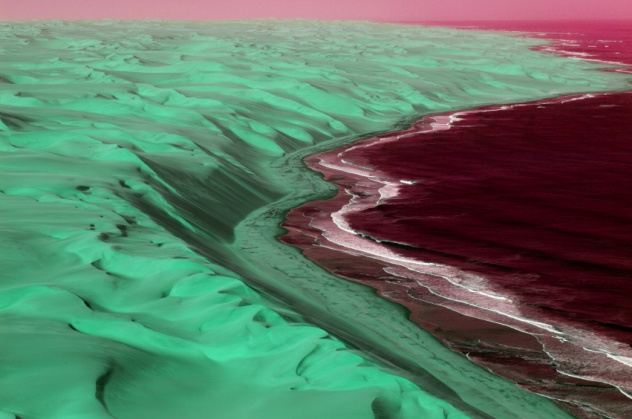
While a planetary environment can be constant and uniform, it can also vary greatly across the planet’s surface. This, in turn, can result in a number of completely different habitats that have specific characteristics. Such variations would create selective pressures and cause life to evolve in a large variety of ways. Consider that on Earth, we have five such divisions—the tundra, grassland, desert, aquatic, and forest biomes. Each of these is home to organisms that have adapted to that specific environment and look very different from organisms in other biomes.
Creatures of the deep ocean, for example, have several adaptations that allow them to survive in their cold, lightless, and high-pressure environment, along with the general adaptations of living in water. Not only do these organisms look nothing like humans, but they would also be unable to survive in our terrestrial environment.
In this sense, alien life would not only be drastically different from Earth’s because of general planetary characteristics, but also due to the environmental variety of the planet. Even here on Earth, some of the most intelligent organisms—dolphins and octopi—don’t live in the same habitat as us.
4 They’re Older Than Us
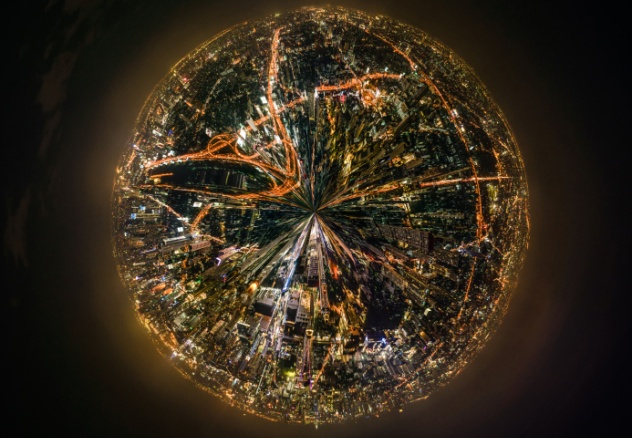
Given that stereotypical aliens are races that are more technologically advanced than us, it’s a pretty safe bet that they’ve been around for longer than humanity. This is even more probable when you consider that life likely did not develop at the same time and pace across the whole universe. Even a difference of 100,000 years is nothing compared to billions of years.
This means that alien civilizations could have not only had more time to evolve, but also had more time to practice participant evolution—a process where they use technology to redesign their bodies to suit their needs, rather than wait for evolution to take its natural course. They could, for example, adapt themselves to space exploration by prolonging their life spans indefinitely and removing other biological limitations like the need to breathe and eat. Such bioengineering would certainly result in a very peculiar body form and may even lead to aliens replacing their bodies with artificial parts.
If this concept sounds a little crazy, consider that we are already moving toward participant evolution ourselves. One prominent example is that we are on the verge of creating “designer babies”—human embryos that are genetically modified to achieve certain traits and skills, such as intelligence and height.
3 They Live On A Rogue Planet
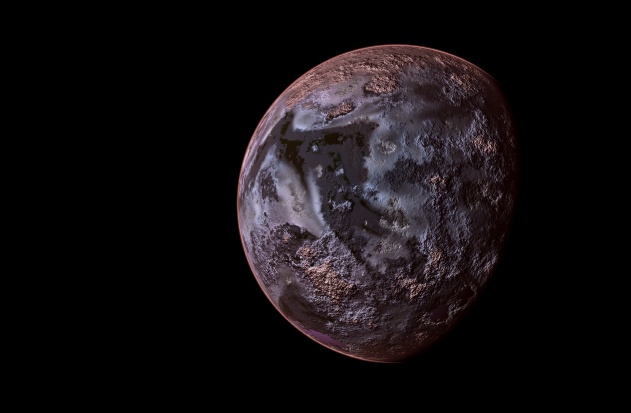
The Sun is absolutely crucial for life on Earth. Without it, plants would have no way to photosynthesize, and in turn, the entire food chain would collapse. Most life would go extinct within weeks. And we’re not even mentioning the simple fact that without the Sun’s heat, Earth would be covered in ice.
Thankfully, the Sun isn’t going anywhere any time soon. However, there are an estimated 200 billion “rogue planets” in our Milky Way galaxy alone. These planets do not orbit a star and float on their own through the dark void of space.
Could such planets have life? Scientists theorize that under certain conditions, it is possible. The big question is what their source of energy would be. The most likely alternative to the life-giving warmth of a star is a planet’s own internal engine. On Earth, this internal heat is responsible for plate tectonics and volcanic activity. While this probably wouldn’t be enough for complex life to develop, there are further factors to consider.
One mechanism proposed by planetary scientist David Stevenson is that a rogue planet with a very thick atmosphere could trap its heat indefinitely, allowing the planet to maintain liquid oceans. On this kind of planet, life could evolve to a very advanced level, similar to our ocean life, and perhaps even make the transition to land.
2 They May Be Nonbiological
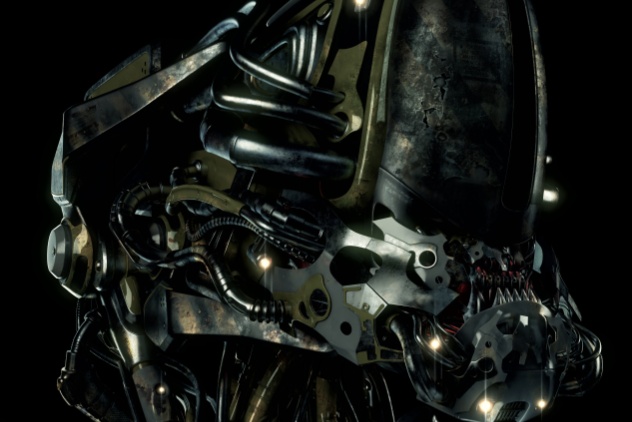
Another possibility to consider is that aliens may exist in an entirely different form. They could be similar to robots, created by replacing their biological bodies with artificial parts or created by another species. Seth Shostak, director and senior astronomer of the Search for Extraterrestrial Intelligence (SETI) Institute even believes that such artificial life is inevitable, and our own biological forms are merely a transitionary phase.
Even we are on the verge of developing artificial intelligence and advanced robotics; who’s to say that humanity won’t transition into ageless, durable robot bodies? Such a transition could also be violent. Prominent figures such as Stephen Hawking and Elon Musk warn that AI could simply rise up and take our place.
And we’re only scratching the surface by thinking about robots. What about energy beings? At the very least, energy aliens make practical sense. Such a life-form would have none of the limitations of a physical body and could even be a theoretical upgrade for the aforementioned robotic life. An energy being would certainly look nothing like a human, since it would have no physical form or shape to speak of.
1 Random Chance
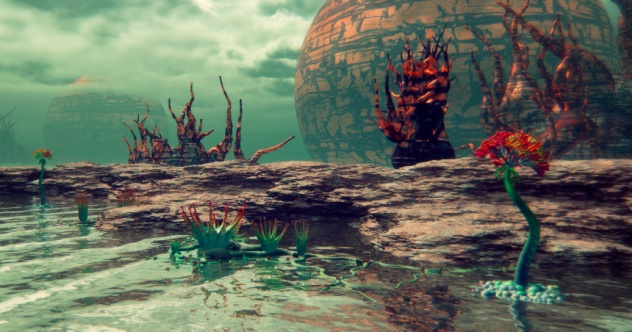
Even after accounting for all of the different factors listed above, the power of random chance cannot be understated. As far as we know, there is nothing to suggest that all highly intelligent life must develop a humanoid body form. What if the dinosaurs were never wiped out? Would one of them have developed humanlike intelligence? What if a completely different animal evolved into the most intelligent life-form on Earth instead of us?
To be fair, we would probably have to limit the pool of potential candidates to the most advanced animal groups—birds and mammals. But this still leaves a myriad of possible species that could have developed levels of intelligence comparable to humans. Animals such as dolphins and crows are quite smart in their own right and could have very well taken our place as the rulers of Earth. The bottom line is that life can evolve in an endless number of ways, so the odds of it producing intelligent beings that are similar to us elsewhere in the universe are astronomically low.
Gleb Oleinik is a freelance writer and aspiring web developer. He likes to write about video games, recite meaningless historical facts, and ponder the big questions of life. You can contact him by email.








